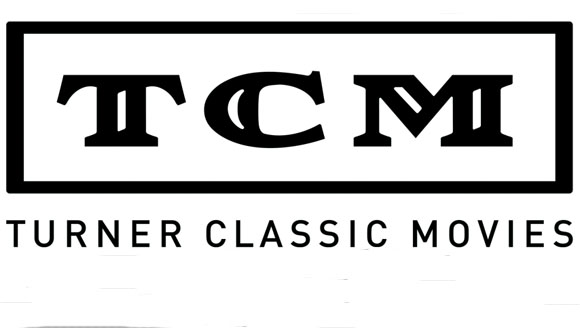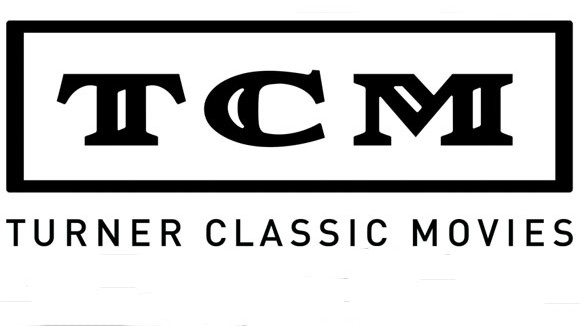

Why Animation on TCM is Important

Regular readers to this site are well aware by now that I’ll be part of a six-hour presentation of classic animation on TCM (Turner Classic Movies) this Sunday night (Oct. 21st beginning 8pm EST/5pm PST). For more information on the evening, see this Facebook page or TCM.com.
This programming stunt is a big deal, but it’s not about me being on TV or whether-or-not the films are restored with their original logos. It’s bigger than that for those who care about animation history – and its important for the entire animation community.
Classic animated films have no outlet in today’s media. Those of us of a certain age may recall seeing classic cartoons in movie theaters. Many of us grew up watching the entire history of Hollywood cartoons on television. Today, except for a few random showings at a festival, museum or repertory theatre, you’d be lucky to find Tom & Jerry or Looney Tunes buried within a block of kidvid. Look even harder and you might find Mr. Magoo and the Fox & Crow (but you gotta look real hard).
Mighty Mouse, Woody Woodpecker, Popeye, Betty Boop, or the works of Tex Avery are no longer there. Don’t even think of seeking out Flip the Frog, Oswald Rabbit, Felix The Cat or Molly Moo Cow. Disney shorts with Mickey Mouse or Donald Duck are rarer than Clara Cluck’s teeth. Let me repeat, there is no outlet for classic animation in the traditional media. Sure, you can find much on You Tube, or buy the DVDs… but you have to know what you’re looking for. As a teacher of animation history (at Woodbury University in Burbank), take it from me – the younger generation does not know who Winsor McCay is. Otto Messmer? Dave Fleischer? John Hubley? These names are lost on most animation students under 20 – and to the public at large under 30. There is just no exposure to this material.
Classic TV has several channels devoted to it. Ancient game shows and soap operas have a berth on cable. Animation has a place only on kids and pre-school channels or in prime-time series on Fox, Adult Swim and occasionally elsewhere. Turner Classic Movies is one of the treasures of the media landscape. They show the best (and worst, and everything in between) of classic Hollywood (and foreign) film. They do not run commercials – and thus do not subscribe to ratings services. They are practically a cultural gift from Turner Broadcasting and their parent company, Warner Bros.
The six hour spotlight on classic animation coming this weekend is a test. Will TCM’s traditional viewers respect and understand these are classic films? I’m betting they will. As far as I’m concerned, animated shorts and features – especially those produced for theatrical showing – from 1906 to umm, let’s say 1970 – are “classic film”. They are not “old kids fodder” – which is how they are perceived by their parent companies. They do not get the proper respect they deserve. The TCM broadcast is a rare opportunity for the medium; a great place to expose more people to the art, entertainment and legacy of animation.
I want to see TCM do this again. In fact, I’d like to see a regular place for vintage animation on the channel. Because TCM doesn’t read ratings, the only way they monitor feedback from their viewers is by response on their forum pages – or in written letters. I guess I’m urging you to send them a note, drop them a line; let TCM know you appreciate the telecast of these rare animation gems – and you’d like to see more.
It’s important – and it’s up to you.
UPDATE: In case you missed them, here are my TCM host segments, posted on You Tube.
